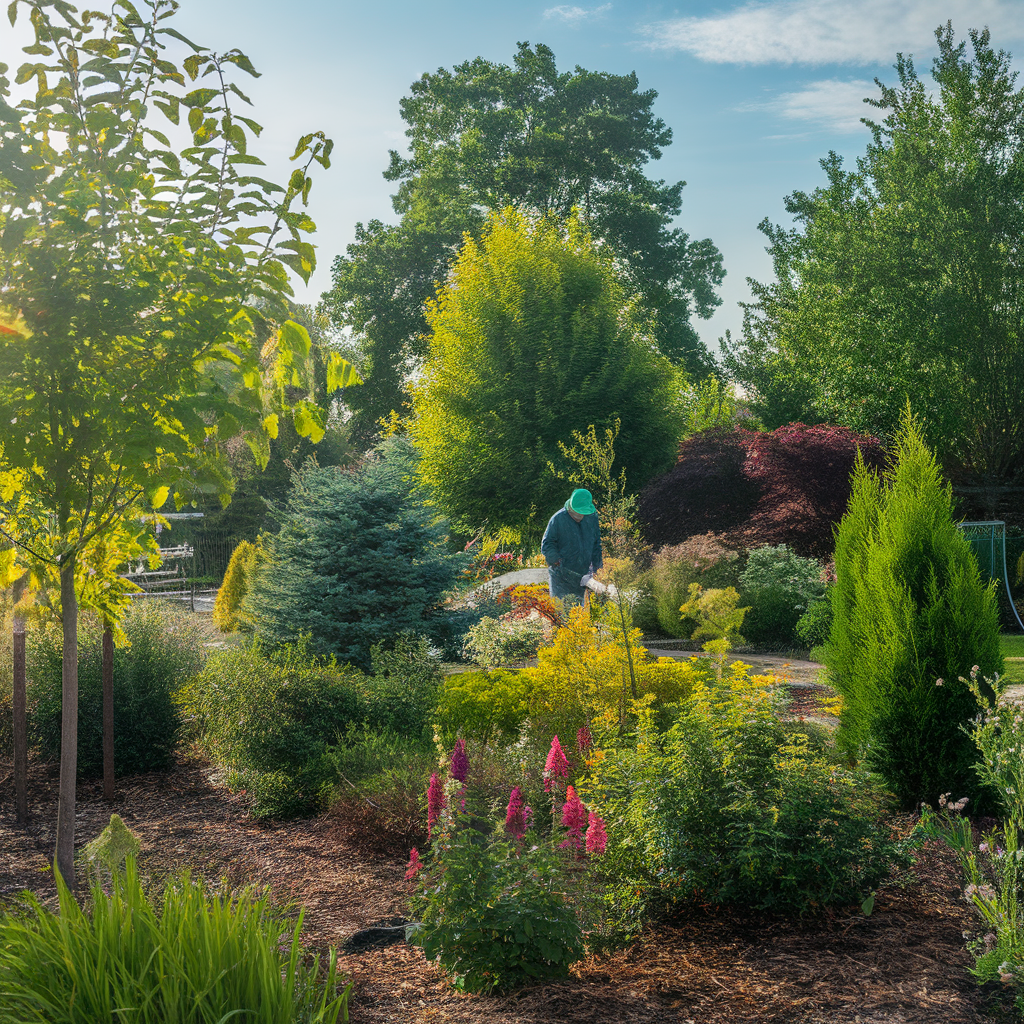The Ultimate Guide to Watering Your Plants: Mastering the Art for Thriving Greens
Watering your plants might seem like a simple task, but it’s an art that can make or break your gardening success. Whether you’re nurturing a lush indoor jungle or cultivating a vibrant outdoor garden, understanding the nuances of watering is crucial for plant health. In this ultimate guide, we’ll explore everything you need to know about watering your plants effectively, ensuring they thrive and flourish.

The Importance of Watering for Plant Health
Water is the lifeblood of plants. It plays a vital role in photosynthesis, nutrient transport, and overall plant growth. Without adequate watering, plants can suffer from stress, leading to wilting, yellowing leaves, and even death. Understanding how much and how often to water is essential for maintaining healthy greens.
Understanding Plant Water Needs
Factors Influencing Water Needs
Every plant has unique water requirements influenced by several factors:
- Plant Type: Succulents need less water than tropical plants.
- Soil Type: Sandy soils drain quickly, while clay soils retain moisture.
- Climate: Hot, dry weather increases evaporation and water needs.
- Growth Stage: Young plants often require more water than established ones.
Overwatering vs. Underwatering
Finding the right balance is key. Overwatering can lead to root rot, while underwatering can cause dehydration. Signs of overwatering include yellowing leaves and a mushy stem, while underwatered plants may exhibit drooping leaves and dry soil.
Best Practices for Watering
Timing
Watering early in the morning or late in the afternoon helps reduce evaporation. Avoid watering during the hottest part of the day to ensure your plants absorb as much moisture as possible.
Methods
- Drip Irrigation: Efficient for delivering water directly to the roots.
- Soaker Hoses: Great for garden beds, allowing water to seep slowly into the soil.
- Watering Cans: Ideal for indoor plants, providing control over the amount of water.
Amount
A general rule of thumb is to water deeply but infrequently. This encourages deep root growth. Aim for about 1 inch of water per week, adjusting based on rainfall and plant needs.
Checking Soil Moisture Levels
Before watering, always check the soil moisture. Stick your finger about an inch into the soil; if it feels dry, it’s time to water. This simple practice can prevent both overwatering and underwatering.

Common Mistakes to Avoid
- Overwatering: This is one of the most common mistakes. Always check soil moisture before watering.
- Ignoring Seasonal Changes: Plants require different amounts of water in different seasons. Adjust your watering schedule accordingly.
- Watering at the Wrong Time: Avoid watering during peak sunlight hours to minimize evaporation.
Special Considerations for Different Plant Types
Indoor vs. Outdoor Plants
Indoor plants often require less frequent watering due to lower light levels and humidity. Outdoor plants, especially those exposed to direct sunlight, may need more regular watering.
Specific Needs for Various Types
- Succulents and Cacti: Water sparingly; allow the soil to dry out completely between waterings.
- Ferns: Prefer consistently moist soil; check regularly to maintain humidity.
- Flowering Plants: May require more water during blooming periods.
Actionable Insights and Tips
- Create a Watering Schedule: Use a calendar to track watering days, adjusting based on weather conditions.
- Eco-Friendly Practices: Collect rainwater for watering, and consider using mulch to retain soil moisture.

Conclusion
Mastering the art of watering is essential for thriving plants. By understanding their unique needs, avoiding common mistakes, and implementing best practices, you can create a flourishing garden or indoor oasis. Remember, the key to successful watering lies in observation and adjustment.
What watering tips have worked for you? Share your experiences in the comments below, and let’s help each other grow greener together!









